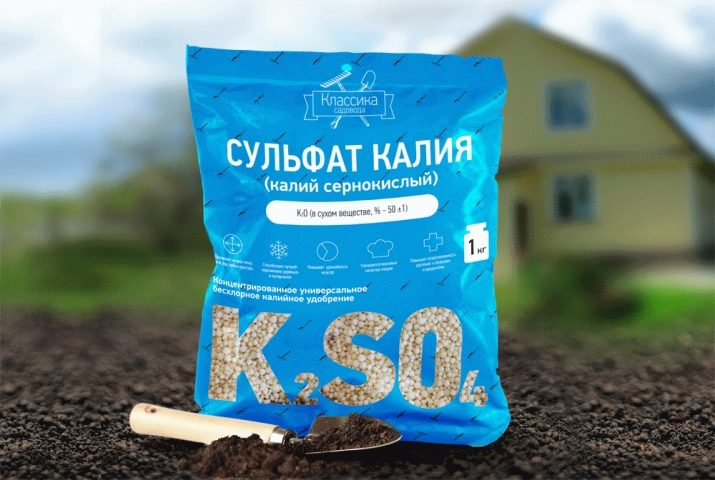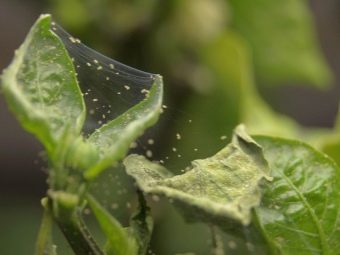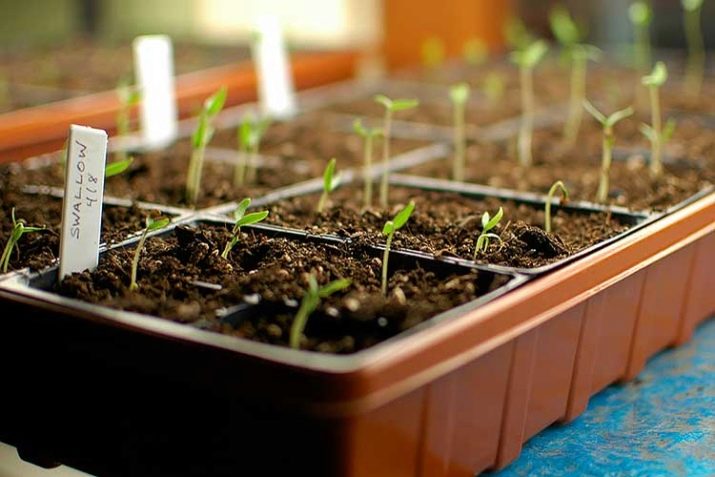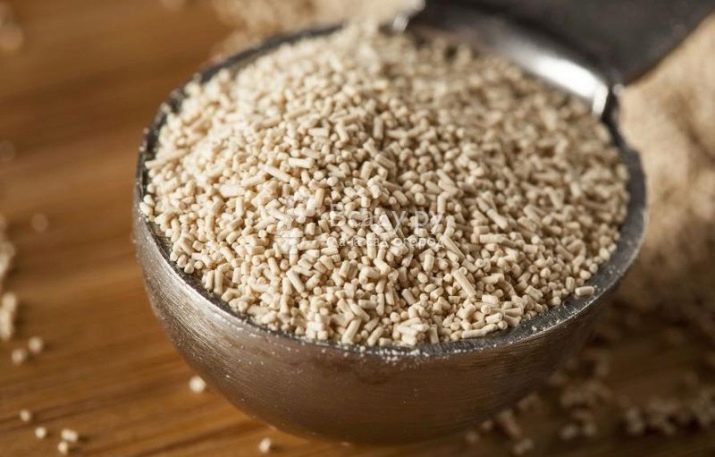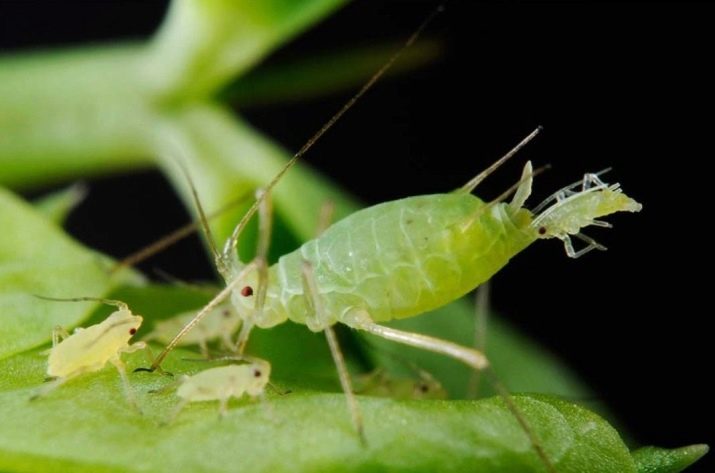Why do peppers curl leaves and what to do about it?
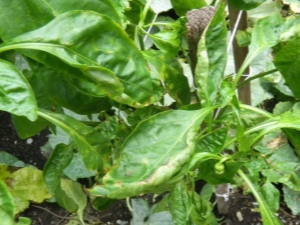
Pepper is an amazing agriculture, which is very popular in all countries of the world. By right it can be called the king of the beds and greenhouses.At the same time, it is quite a vulnerable and tender plant that requires careful maintenance.
Pepper is common in Russia in the southern regions of the country. As with all young plants, pepper seedlings can have various ailments. Most often, seedlings curl leaves. To get rid of this scourge, it is recommended to understand the causes of this phenomenon.
The reasons
To get a normal seedling, you should carefully care for it. As soon as the leaves of the peppers curl, emergency measures are taken. But first you need to understand what causes this:
- leaves grow at an uneven rate;
- not enough nutrients in the soil;
- blame insects or microorganisms.
Most often the leaves are twisted up at the seedlings in the greenhouse. Uneven growth of plants is also quite common. Median vein actively develops, increasing in length, and the sheet plate remains the same miniature. It turns out the disproportion in development, which is quite acceptable and harmless phenomenon, it does not affect the yield in any way. Similar pictures can be found in all types of peppers.
Often, the plant does not have enough heat and sunlight, the leaves begin to roll up "boat", especially similar cases are observed in Bulgarian pepper. Radical disposal of this problem: the containers with seedlings are brought into a warm room where the temperature can be regulated. After a short time, the leaves will regain their original shape, becoming straight.
Often the pepper does not have enough nutrients in the soil, in this case the leaf deformation is possible, it is wrapped inside. A common misfortune can be a shortage of potassium in the soil. It is necessary to resolve the issue promptly, the absence of an important trace element leads to the fact that the plant becomes sick and dies. There are several options for solving the issue.
The first method of feeding is the use of wood ash, which is spiked with a thickness of three millimeters under each bush. After that it is recommended to water the plants plentifully. The method is good because it does not apply saltpeter and chemistry.
The second method is more effective. Potassium nitrate is added to seedlings. To do this correctly, you should prepare a solution: two tablespoons per bucket of water (10 liters). On average, one bush goes half a liter. Potassium nitrate acts almost instantly and very effectively.
Pests
The most dangerous danger is harmful insects and microorganisms.
This usually happens:
- spider mite;
- aphid.
The plant is covered with cobwebs, while the upper leaves become yellowish in color, twisted down.
The soil can also be divorced larvae that infect the roots of the plant. Such creatures may appear in the event that the soil is not treated properly. In the spring of March, the larvae swoop down on the roots and eat them clean.
Improper care
Often inexperienced gardeners make blunders when working with pepper seedlings.
Conventionally, they can be differentiated into three categories:
- improper seed planting for seedlings;
- improper care of seedlings;
- errors when planting seedlings.
Seeds are often improperly prepared, it should be remembered that not all seeds are suitable for planting. It is important to be able to select only the correct seeds that are not “empty”. Then, after sorting, the seed material is treated with disinfectants and growth stimulants.
It turns out very well when slightly germinated seeds go to the seedlings.
Properly selected soil is expensive. The ideal soil for pepper is pH 6-6.6. It is forbidden to plant on the ground or take soil from areas where agricultural crops were cultivated:
- potatoes;
- eggplants;
- pepper;
- tobacco.
Pepper seeds are usually planted at the end of winter on Shrovetide, it should also be understood that a lot depends on the type of pepper, therefore it is recommended to adjust the approximate date. Too late planting of pepper leads to the fact that the plant will be weak.
But often, newcomers do not take into account the fact that pepper loves the presence of a large amount of light, its lack leads to the fact that the leaves of the pepper curl.
The optimal mode of cultivation of the culture is from 20 to 30 degrees, this should be taken into account, for pepper these temperature limits are extremely important. Errors are committed:
- during a picking, which the culture experiences badly;
- watering errors;
- eating disorders;
- improper processing chemistry.
Lack of moisture
Watering should be carried out in small portions and often. Pepper is afraid of both excessive soil moisture, and its drying. Here it is important to observe the golden mean. It is recommended to apply small-drop irrigation of beds. But also the beds are recommended to loosen, mulch, adding to them:
- manure;
- peat;
- sawdust.
It should be noted that the roots of the pepper are not deep, so you need to work carefully so as not to damage the root system.
Micronutrient deficiency
Pepper is sensitive, if not enough phosphorus, the leaves become bluish, and the stems become almost purple with red veins.
The plant in this case is treated with a solution that is prepared in the ratio of ammophos 0.8 g per liter, you can also use potassium nitrate 2.8 g per liter of water.
The leaves also curl if there is not enough potassium, in this case a tablespoon of the drug dissolves in a half-bucket of water.
Ways to troubleshoot the problem
It also happens that pepper curl can be caused by a lack of nutrients. If there is a deficiency of phosphorus, then the process of twisting the foliage and changing the color scheme begins. In a bucket of water should be diluted with a small amount of saltpeter and spray the seedlings with this composition. And also for these purposes use ammophos.
Folk remedies
Of the natural dressings, kitchen waste has always been very popular:
- banana peel;
- eggshell;
- potato peelings.
For plants, this is a real feast. Banana peels contain a large amount of potassium, which is a very useful and necessary element.
They are often insisted in three-liter jars and watering the plants with this composition. Especially it is necessary to do it, processing seedlings. Pounded eggshells are a source of calcium. From it you can make a tincture and water the plants. Spoiled milk and sour cream for pepper is also helpful.
Tincture on stale bread and green tea also does not spoil the plants.
Summer tinctures are also made from such herbs:
- plantain;
- nettle;
- dandelion;
- woodlouse
Herbs are finely chopped and flooded with water, insisting on shade for five days For each bush enough to add half a liter.
Chicken droppings are dissolved in water in a ratio of one to five. Manure is dissolved in a ratio of one to ten. It is especially useful to make such additives in the spring during the flowering period.
Most often, they “grind” ashes, there is a huge amount of potassium and phosphorus, so for the plant it is a real delicacy. Usually enough tablespoon of ash in two liters of liquid. If you dilute iodine, it can also be a good stimulator for growth. Also, this element increases the resistance of plants, especially if there is a threat of fungal diseases. Usually enough a couple of drops per liter of water. Yeast is also extremely useful for plants, there are a lot of them:
- nitrogen;
- phosphorus;
- a variety of trace elements.
Yeast neutralizes potassium, so this point should be taken into account, it is reasonable to make additives. Yeast consistency - one kilogram of yeast per half bucket of water.
Chemicals
There are already pre-packaged mixtures that can be purchased at a specialized trading platform. Kemira-Lux is diluted in the amount of twenty grams per bucket of water - this is a useful source of potassium and phosphorus. The solution of potassium nitrate is also effective. This mixture is quite suitable for the second run, only the quantity will need to be taken two times more.Often used "Crystal" - ten grams per half a bucket of water.
During the third run, various complexes are most often used:
- Nitroammofosk;
- "Gomel";
- "Uniflor-growth";
- Agricola.
All formulations are used only for the root system, it is recommended not to forget about it. The seedlings feed up two times:
- with the advent of leaves;
- one week before disembarking.
The first stage of feeding is:
- nitrogen compounds;
- potassium.
The second stage is phosphorus, various nitro compounds. But you should also not forget about the regular processing of the soil. Before planting beds are treated:
- manure;
- ash;
- superphosphate.
Much depends on the weather, if in the warm season there is not enough sun, then potassium should be added.
For pest control, it is necessary to make onion tincture to treat plants for aphids and mites. Bulb husks are soaked in water and plants are treated with this solution. It is possible to get rid of the larvae, if manganese is diluted in water, and water the seedlings with this composition.
It is important to comply with the measure, do not overdo it with concentration. The solution should be silent pink, not bright burgundy. Understanding the reason for twisting the leaves is completely easy. If the “process has gone” as a result of the harmful effects of insects, then cobwebs appear between the leaves, and they become slightly yellow.
If the pepper is grown in greenhouses, then the soil in which the harmful larvae should be treated should be in order. If you let things take their course, then these creatures will eat the roots of plants, and they will die.
Often they fight insects with bleach. The solution is made in the ratio of 200 grams per bucket of water. After stirring the mixture should stand for several hours, then you can water the seedlings with this composition.
Well suited for disinfecting plants solution, infused with wormwood. Dry wormwood is placed in boiling water and cooked for half an hour. Then the fluid settles. Ten liters of water are added to such a concentrate. Sometimes they add a little laundry soap, it enhances the effect.
Yarrow is good for pest control, it helps to get rid of insects. Dry yarrow put in a container and pour boiling water. After two days, the solution is filtered, and water and a bar of soap are added to it. Such folk remedies are extremely effective, simple and inexpensive.
Aphids often attack seedlings and adult plants. This insect settles everywhere and devours everything that is possible. For the season, this amazing creature can give twenty generations. The most effective means of combating this parasite are:
- "Bi-58";
- Aktara.
They are applied before flowering and after. There are also folk remedies that are also very effective. Tlya is afraid of decoctions:
- wormwood;
- tansy;
- yarrow.
Spider mite is also a dangerous enemy. Begins its "path" with the lower leaves. It feeds on leaves that turn yellow and curl. In order for the tick to breed successfully, dry hot weather is needed. Need prevention, fight with this insect is very difficult. Lime chloride, diluted in the ratio of one cup per bucket of water, will help solve the problem.
Vertex rot manifests itself unnatural curly plants. Brown specks appear on the fruit and grow rapidly. The most common cause of this disease is the lack of moisture and calcium. It is required to water plants regularly in order to eliminate this infection.
But it is also recommended to spray the plants in a ratio of 0.2% calcium nitrate solution. That is, dissolve a glass of chemical in a bucket of water.
Prevention
Growing peppers, it is recommended, especially at the initial stage, to follow all the recommendations and rules.
The science of growing peppers is quite extensive, there are hundreds of varieties of this crop on all five continents. An important criterion is the practice, it should monitor the "behavior" of plants, then it becomes easier to manage the overall situation, including when twisting leaves.If the leaves become whitish, and the fruits themselves are small and shriveled, then this is a sure sign of the absence of nitrogen. Adding solution kovyak can dramatically correct the situation.
If calcium is not enough (and this often happens), the leaves become sharp and long, their surface is covered with gray markings. Development slows down dramatically, the root system is shrinking. Timely feeding can correct the situation. Also, if there is a shortage of iron, light spots appear on the leaves.
Recommendations
It is important to know the following.
- Pepper loves light and heat, if the temperature is below +14, the plant should be covered with foil.
- Violation of the temperature regime is the appearance of lilac spots on the fruit.
- Pepper roots are close to the surface, should be carefully cultivated ground. Watering is better to make "small drops", the water should be warm.
- If the temperature is above normal, then the stems become coarse, the leaves fall.
- With a lack of pollination, grows a curve and miniature size of the fruit. It is strongly not recommended to plant sweet and bitter peppers on one bed.
- Marigolds and nasturtium are able to protect the culture from aphids.
- It is not necessary to cultivate together with the beans, they have one unpleasant disease: atrakoz. If the plant fades and turns brown, it is better to root it out.
How to get rid of diseases and pests of pepper, see the next video.



